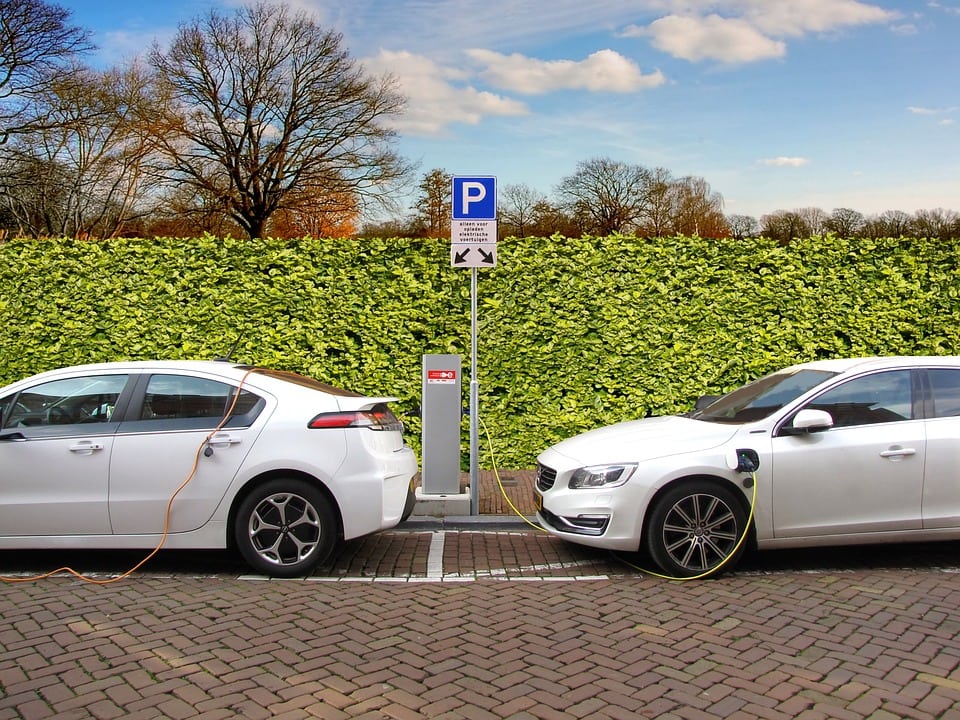Climate change is on everyone’s mind, with deadlines looming and severe weather systems crossing global landscapes. Everyone wants to shrink their carbon footprint and reduce their environmental impact. Still, one fact of life remains the same — we will always need transportation to carry us from Point A to Point B. How can we make it more sustainable?
Buy Vehicles With Alternative Fuel Sources
Traditional vehicles rely on fossil fuels — gasoline or diesel — that generate CO2 and greenhouse gasses. This factor is common knowledge, which is why automobiles with alternative fuel sources are becoming more popular. Hybrid cars — which combine fossil fuels with battery power — and fully electric vehicles are working to reduce our dependence on traditional engines that generate greenhouse gasses.
The problem with this is that purchasing a hybrid or electric vehicle represents a significant investment. Even the cheapest option costs an average of $35,000, which may be out of the average consumer’s budget. Thankfully, there are a few other ways we can make transportation a little bit more eco-friendly.
Leave the Car in the Garage
Start by leaving your car in the garage. If you live in an urban or suburban area where you can walk or bike to work, reducing your driving time shrinks your carbon footprint. If you live in a hilly area, you might balk at the idea of taking a bicycle, which is where e-bikes come in. These electric bikes are motor-assisted — they don’t work like scooters. The motor simply augments your power and keeps you moving as long as you reach your target speed.
If you live in an urban area offering public transportation, utilizing this option can also make your daily commute more sustainable. Ridesharing is another alternative, which lets you carpool with others to decrease your carbon impact even further.
Take Steps to Reduce Traffic Congestion
Driving isn’t the only thing making transportation unsustainable. Traffic congestion plays a part, too. Traffic jams inevitably happen when people get stuck on the road during their daily work commute. Current modes of transportation are unsustainable — there are too many cars and not enough roads to support them.
According to the Texas Transporation Insitute, drivers in the United States wasted a total of 8.2 billion hours stuck in traffic jams in 2018. That’s more than a full week — throughout the entire year — that you spend sitting in traffic, burning gasoline and generating greenhouse gasses.
If we want to make transportation more sustainable over time, we need to make changes to reduce traffic congestion. We can do this by either by getting drivers off the road or improving infrastructure to support the number of vehicles that’ll be in motion in the next decade.
Sustainable Transportation Is Everyone’s Responsibility
When it comes down to it, sustainable transportation will affect every person, which means it’s everyone’s responsibility. From individual drivers reducing their carbon footprints to cities shrinking the number of traffic jams, every individual will need to implement changes to make our daily commutes more sustainable.









